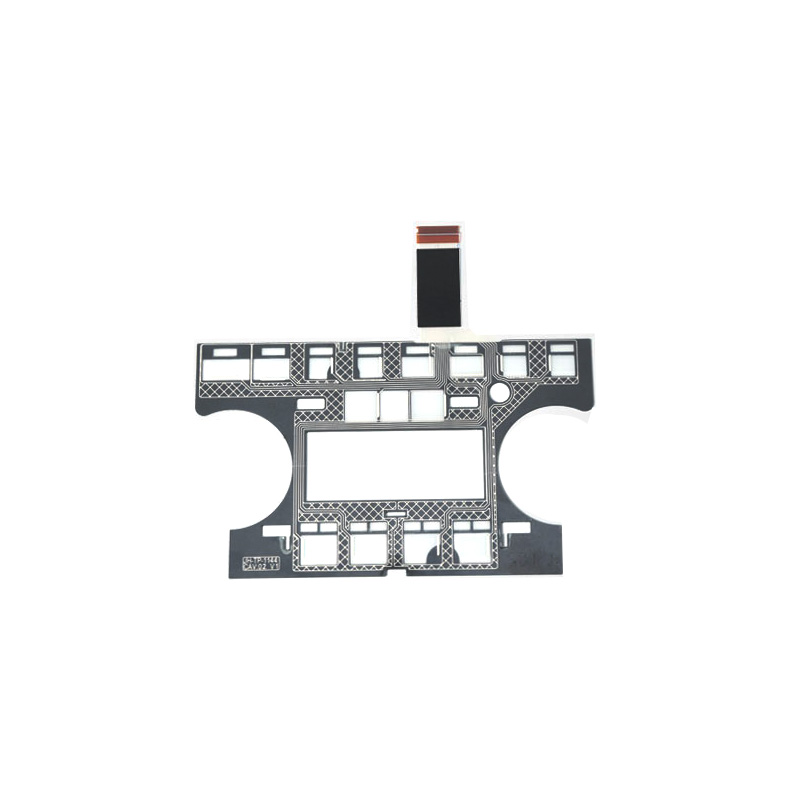

PCB surface machining has two uses. One is to protect exposed copper circuits and the other is to ensure solderability. Differences in materials used can affect price, shelf life, reliability and assembly processing.
Type of surface treatment
1. HASL(hot air welding leveling). Lead and lead-free
This has been the dominant method for a long time. The process involves dipping the circuit board into a tin/lead alloy and then blowing hot air to remove excess solder.
2. Soak tin Dip the metal tin
Tin directly applied to the base metal is an affordable alternative to other surface treatments. When tin and copper are mixed together, they diffuse into each other because of their affinity.
3.OSP(Organic solderable Preservative)/ Entek
OSP prevents copper oxidation by applying very thin water-based organic compounds. Compared to other toxic compounds, it is very environmentally friendly. This is a low cost solution and a fairly popular option.
4. Chemical Impregnated Nickel gold (ENIG)
This is the best surface finish currently in use and, despite the higher cost, it allows for a flat surface with excellent solderability. When used, the gold actually dissolves in the solder, so it doesn't tarnish or oxidize. This is a two-layer process in which copper is first coated with a layer of nickel, rather than adding a layer of gold.
5. Immersion silver
It is a medium cost finished product popular in North America and Europe due to RoHS and WEEE regulations. It is a good alternative to ENIG if you want good performance at a lower cost.

